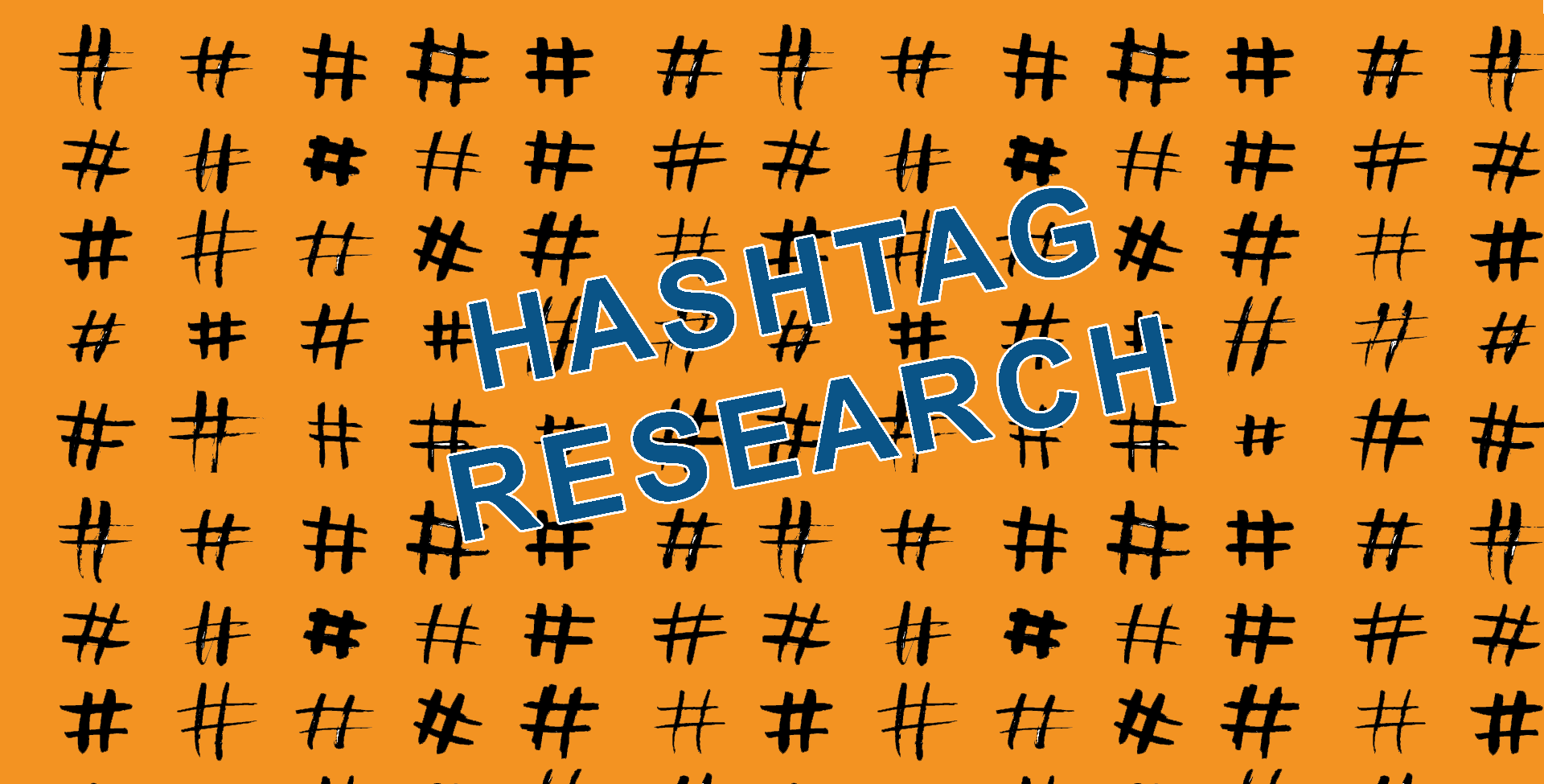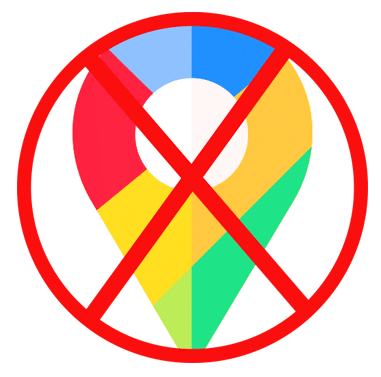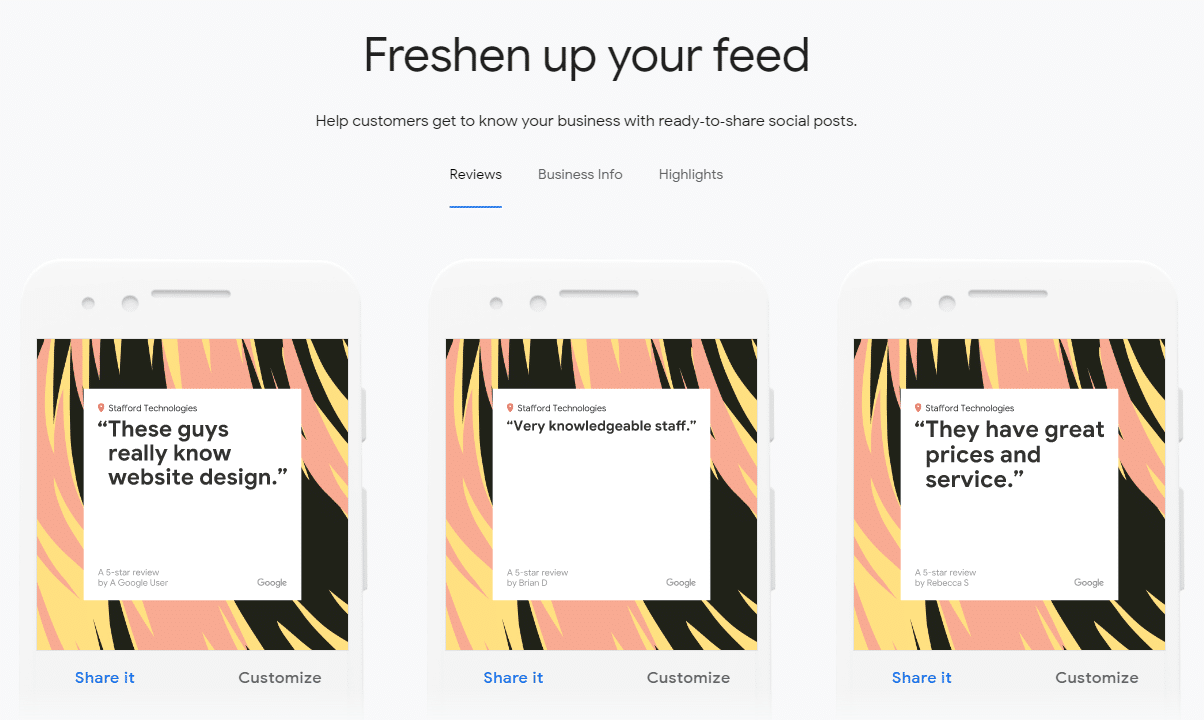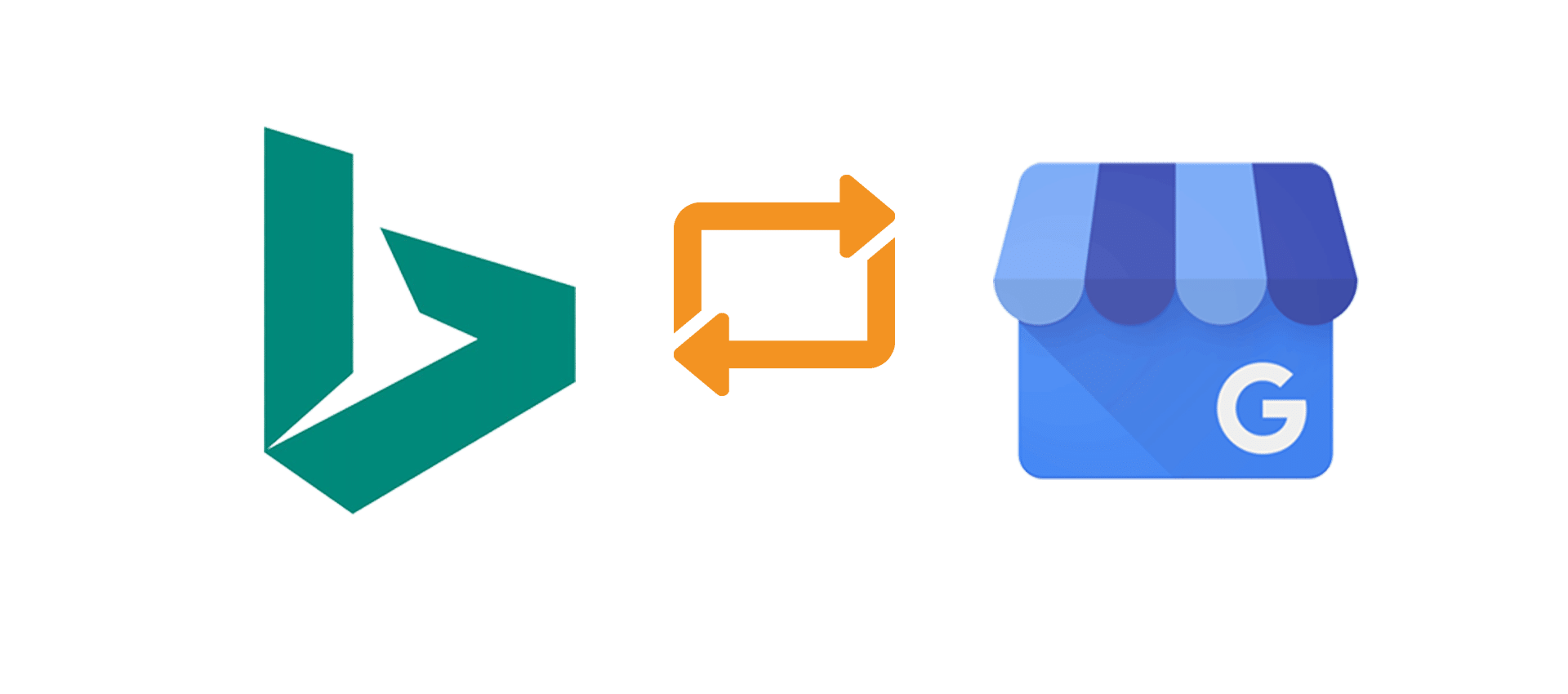
How to Post on Instagram When Followers Are Most Active
Do you spend a lot of time posting to your Instagram account and wonder why you’re not getting any engagement? I know I have! There’s
Off the Ladder
Because sometimes we have to find the time to get down off the ladder to work ON our business not IN our business…


Do you spend a lot of time posting to your Instagram account and wonder why you’re not getting any engagement? I know I have! There’s

I know everyone visits my blog for the great writing so I am sorry to disappoint today – this will be short and sweet. Today

How do you research hashtags for Instagram posts…? Good ol’ hard work. It’s that simple. There’s no magic bullet. There’s no mysterious formula like

Another one of my favorite poems “The Road Not Taken” explains (loosely – very loosely) how I arrived at today’s Digital Marketing in 60 Seconds

OMG! When I decided to take a look into hashtags the other day I hadn’t realized the Pandora’s box I was opening for myself. I

Hashtags… When we saw the first use of the hashtag on Twitter in 2007 (August 23 to be exact… WHY DO I KNOW THAT!😖

I hate SPAM! I hate spam phone calls. I hate spam emails. I hate spam snail mail. But, what I hate more than all those

Every morning I have this conversation in my head about what I am going to talk about that day. And, no matter what day it
Regularly Post on Google My Business I have spent a lot of time and effort positioning myself as an expert at optimizing Google My Business.

Sync Bing Places for Business With Google My Business I’ve been helping small businesses with their websites and marketing for over ten years now and,
At Stafford Technologies, we know businesses without a great plan for their brand and website often struggle to stand out from the competition, finding it hard to attract the right customers and stay afloat.
We created the Brand Schematic to help all businesses create a solid plan to build a standout brand and kickass website, so they dominate their market, attract the people they want to work with, and build a successful business.
When you give a business owner a plan they create great businesses for themselves and the teams that depend on them.

A 15-minute phone call may change the trajectory of your business…
© 2020 Stafford Technologies, LLC. All rights reserved.